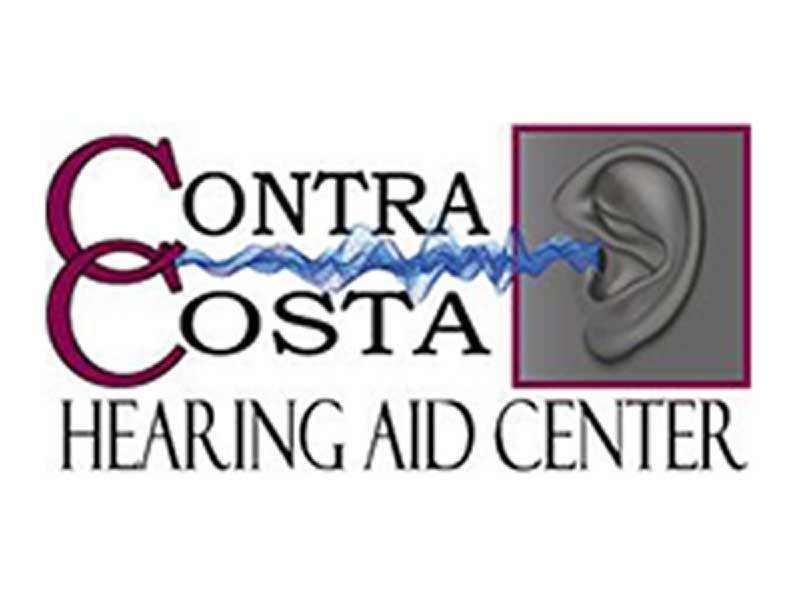America has a strong history of gun use, based somewhat on the movies and television programs we knew as a kids, which depicted pictures of policemen and cowboys firing guns pretty much all the time. These images seem to have made a lasting impression, because millions of people still delight in firing guns, either at shooting ranges or while hunting. The piece of information not communicated to these gun owners is that the folks shooting guns on television and in movies most likely wound up deaf, or battling with serious hearing impairments.
Noise-induced hearing loss (NIHL) accounts for a sizeable proportion of hearing problems in today’s world. Noise-induced hearing loss is caused by two forms of noise – sustained high noise levels (such as working around heavy machinery), and transient sounds at high volumes (such as explosions or gunfire).
The volume level of sounds is measured in decibels, with zero decibels corresponding to the sound of totalsilence, 15 decibels being the level of a whisper, and 60 decibels being the level of a typical conversation. Note that the decibel scale is a log scale. 60 decibels is twice as loud as 50, and 70 is four times as loud as decibels. Irreversible loss of hearing due to noise-induced hearing loss can arise from prolonged exposure to noises louder than 90 decibels within a few weeks. Exposure to even brief periods of louder sounds (for example a jet engine or rock concert at 120 decibels) may result in permanent hearing loss in just a few minutes.
Gunshots have a decibel level of 140; you do the math in terms of hearing loss.
There is one portion of the gun debate, that everyone agrees on. Gun lovers, average people, and hearing care specialists all concur that anyone shooting a gun needs to have on ear protection. The question of which type of ear protection you should use depends on the places you do most of your shooting.
For outdoor or indoor firing ranges, a “muff” type headphone that fits over the ear is recommended. The muff-style headphone is able to protect your inner ear and also the cochlear bones from the sounds of gunfire. The over-the-ear muff can be paired with foam ear plugs for additional protection. Many firing range shooters will opt for in-the-ear foam plugs with a Noise Reduction Rating (NRR) of 30 or more to use with their muffs. On the high end of the price range you can also find electronic noise-cancelling headphones engineered specifically for shooters, which are pricy but which will offer the maximum levels of protection. In addition they have the benefit of allowing you to hear normal-volume conversations, while blocking the transient high-decibel sound of the gun firing.
Regardless of whether you’re a novice or seasoned range shooter, ask your hearing care expert about the latest in hearing protection choices, and under no circumstances go to the range without protection. And always bear in mind, hearing protection won’t do you a bit of good, at your house, in your bag, or around your neck. You need to use it at all times around the range.
